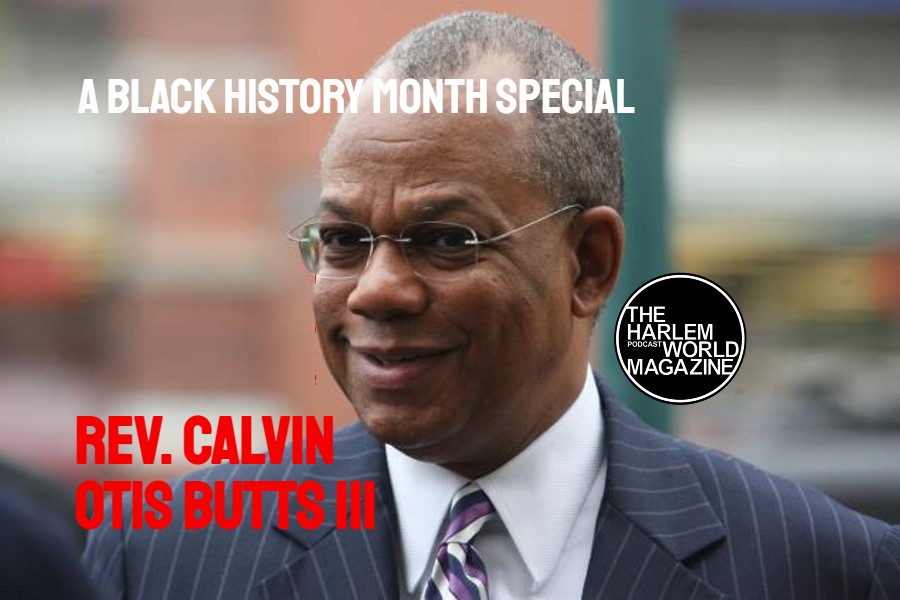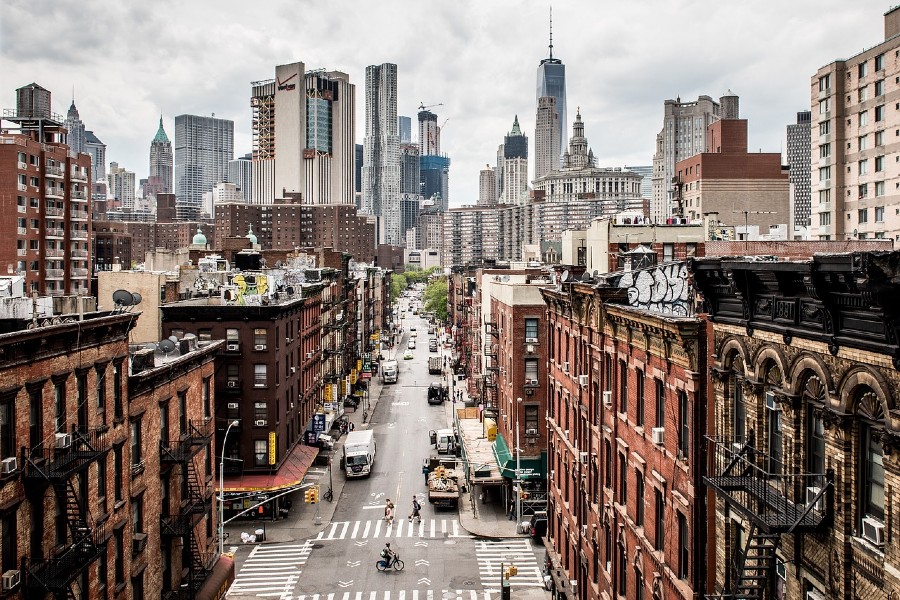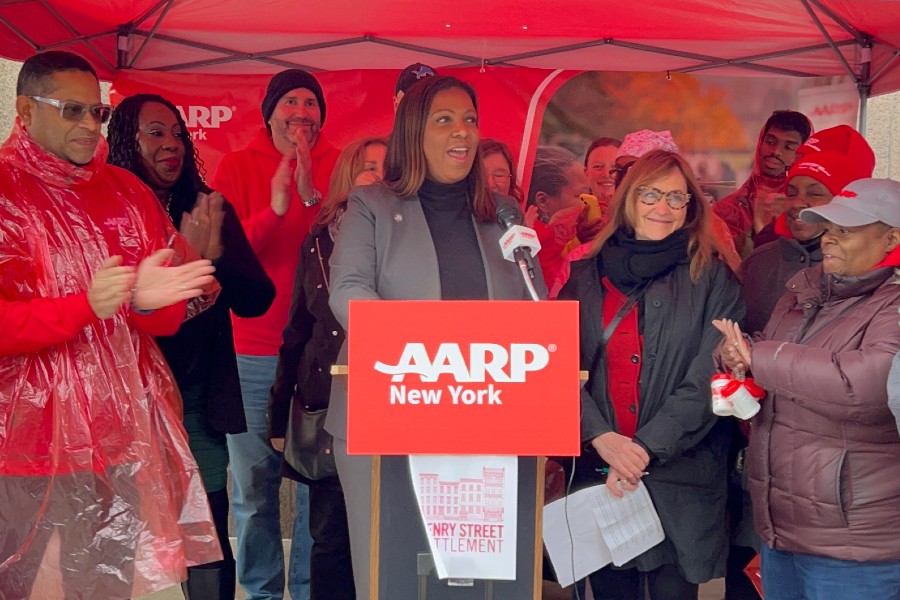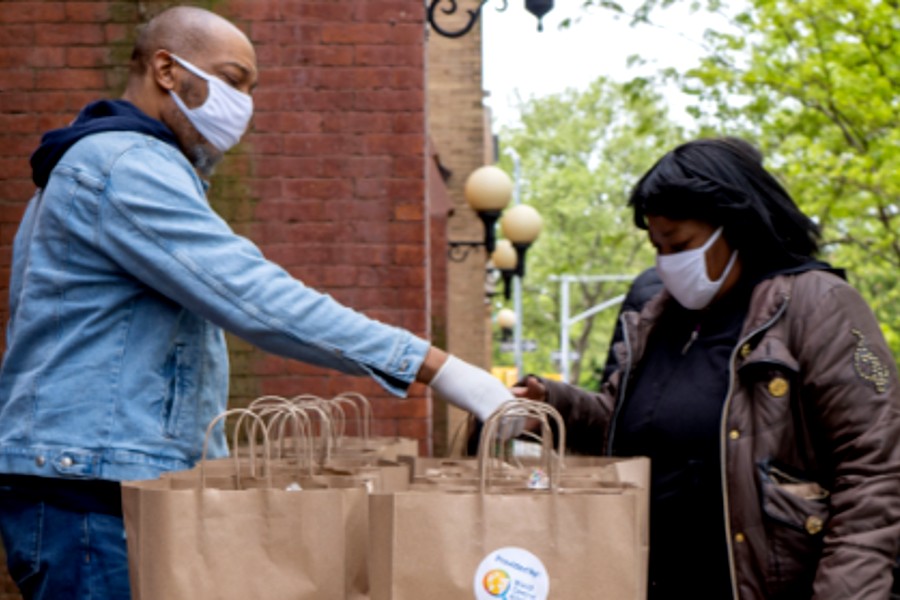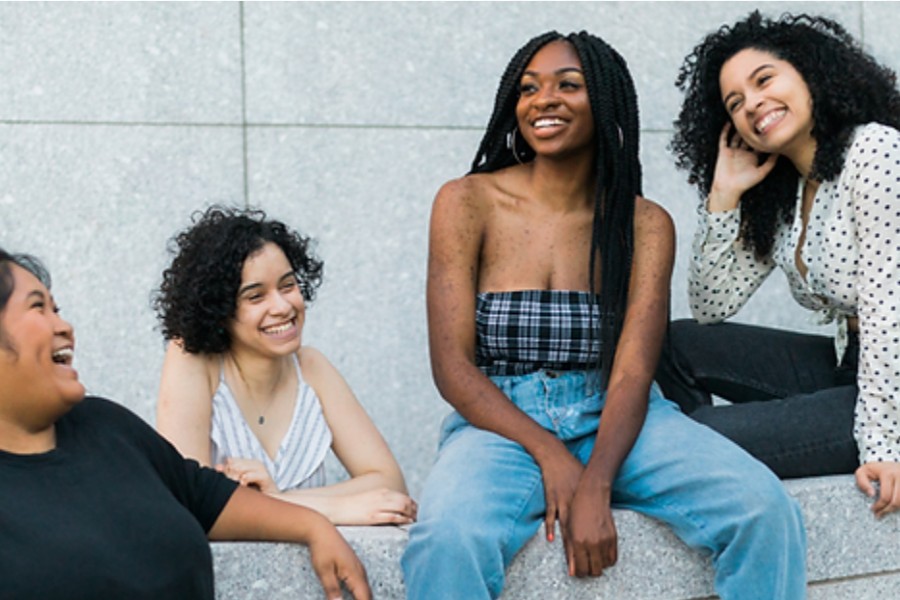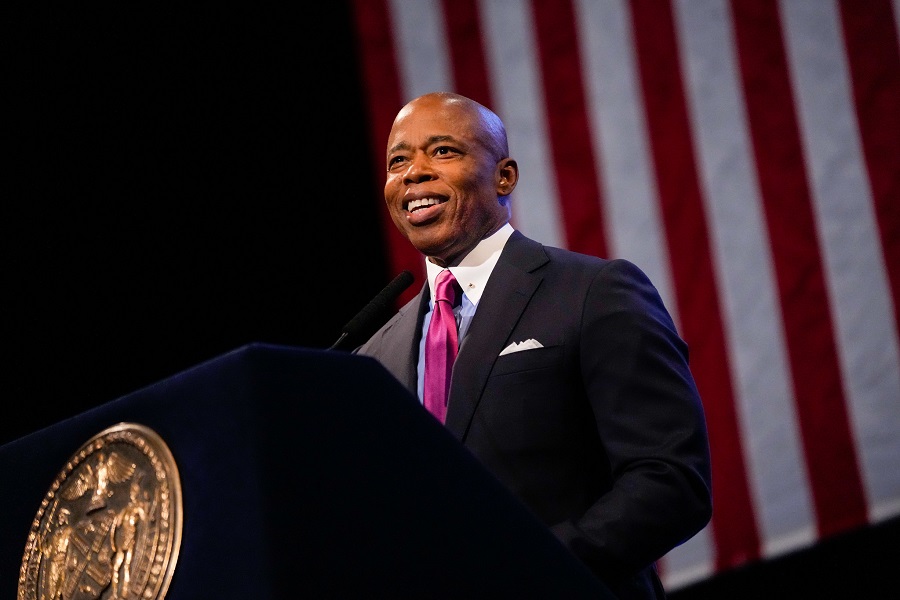 Amid the fake palm trees of the Cotton Club, white America discovered black culture. Throughout the twenties, the limos lined up on 133rd Street between Lenox and Seventh avenues, known as Jungle Alley, with its slew of clubs, of which the Cotton Club was king. In 1923, when the Cotton Club opened, Harlem was in the midst of its Renaissance, but the Cotton Club was no beacon of progress. The club was strictly segregated—“It isn’t necessary to mix with colored people if you don’t feel like it,” said Jimmy Durante. Every effort was made to make white patrons feel safe. (The Cotton Club’s color line did not apply for famous black Americans.) After the show, the performers would repair to the basement apartment in the building next door for a nightcap of corn whiskey or peach brandy and marijuana—and then the fun really began.
Amid the fake palm trees of the Cotton Club, white America discovered black culture. Throughout the twenties, the limos lined up on 133rd Street between Lenox and Seventh avenues, known as Jungle Alley, with its slew of clubs, of which the Cotton Club was king. In 1923, when the Cotton Club opened, Harlem was in the midst of its Renaissance, but the Cotton Club was no beacon of progress. The club was strictly segregated—“It isn’t necessary to mix with colored people if you don’t feel like it,” said Jimmy Durante. Every effort was made to make white patrons feel safe. (The Cotton Club’s color line did not apply for famous black Americans.) After the show, the performers would repair to the basement apartment in the building next door for a nightcap of corn whiskey or peach brandy and marijuana—and then the fun really began.
Become a Harlem Insider!
By submitting this form, you are consenting to receive marketing emails from: Harlem World Magazine, 2521 1/2 west 42nd street, Los Angeles, CA, 90008, https://www.harlemworldmagazine.com. You can revoke your consent to receive emails at any time by using the SafeUnsubscribe® link, found at the bottom of every email. Emails are serviced by Constant Contact



